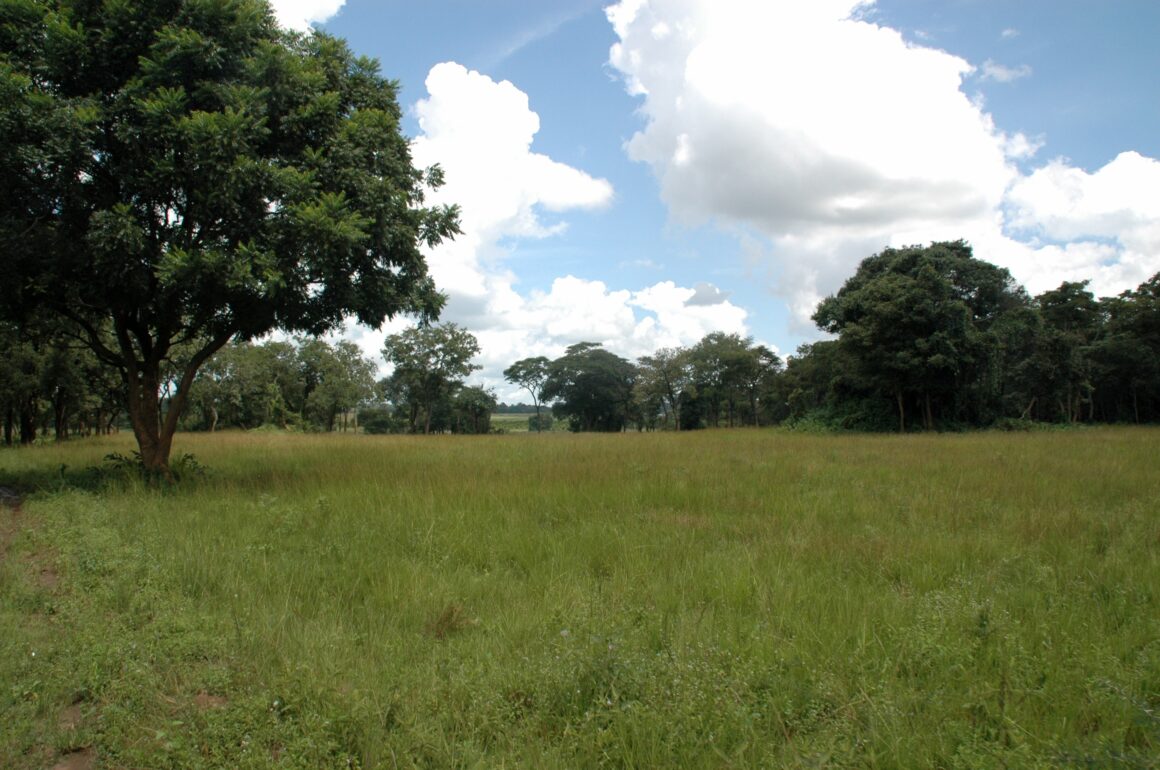
In a strange city on business, with more than just a few hours to spare? You want to do some serious birding? You need a guide!
Let’s start with the worst guide I ever had – just to provide the contrast to the greatness of pretty much everybody else. This guide (location and name with the author) had three serious flaws. First, he was mostly focused on the mammals. And yes, Sable Antilope is very cool, but birds are sub-zero cool! And it was birds we came for, so his customer service wasn’t great.
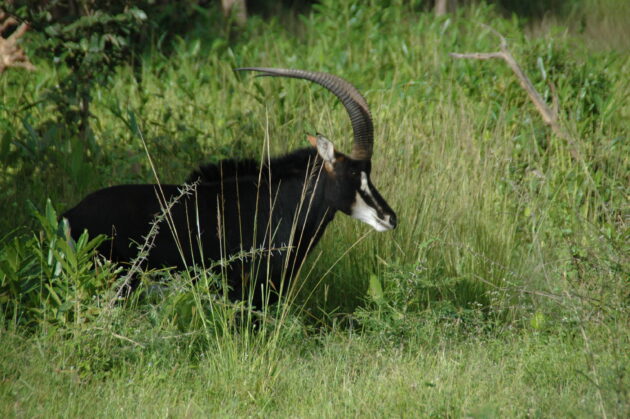
Second, every raptor we encountered was identified as Tawny Eagle. His lack of knowledge was just annoying, but the third and worst problem was his failure to grasp the concept of binoculars. Consequently, he would drive too close to any bird party we came across. The first time could be forgiven but he kept doing it. Obviously, if he couldn’t see the birds with his bare eyes how could we see them through these blackish tubes before our eyes? We glimpsed a lot of presumably good birds flying away from us.
It is possible to clutch victory from the jaws of defeat. My good friend Hilton and I wanted to go out to Mogri das Cruzes in Brazil to try and see the São Paulo Marsh Antwren. The antwren had been elevated to species level and Hilton is just a sucker for anything Paulista, but who needs a reason to go birding? We were introduced to a local specialist, but this gentleman turned out to be interested in caged birds. His collection was impressive and overwhelmingly illegal so he will remain unnamed too. He did know all the little roads in the area and as he wasn’t a trapper but a breeder we asked him to show us the way. And our assumption was that the antwren isn’t a great songster and as such relatively safe from trappers. Of course, the trip was a disaster. Apart from a juvenile Southern Beardless Tyrannulet we were just seeing roads and factories.
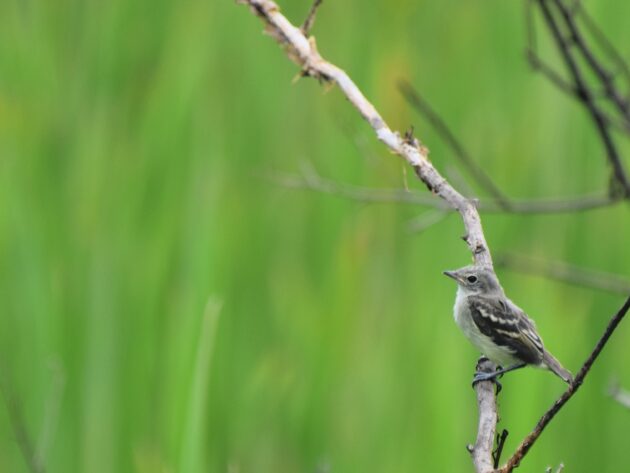
Saint Gall, the patron of birds, then smiled upon us. We stopped for a hitchhiker and offered him a ride. “Can you bring me to the antwren swamp?”, he asked. Whaaaat?!! Clément Delaleu, a French student and avid birder was after the very same quarry. He not only knew where to go but was in the possession of a sound recording too. We found the swamp and we spotted the bird although it wasn’t easy. We had a couple of fly-bys and a one-second perch on a reed stem, but what a find! Four happy bird-nerds drove back to town, only interrupted by Clément spotting Black-bellied Seedeater in a field.
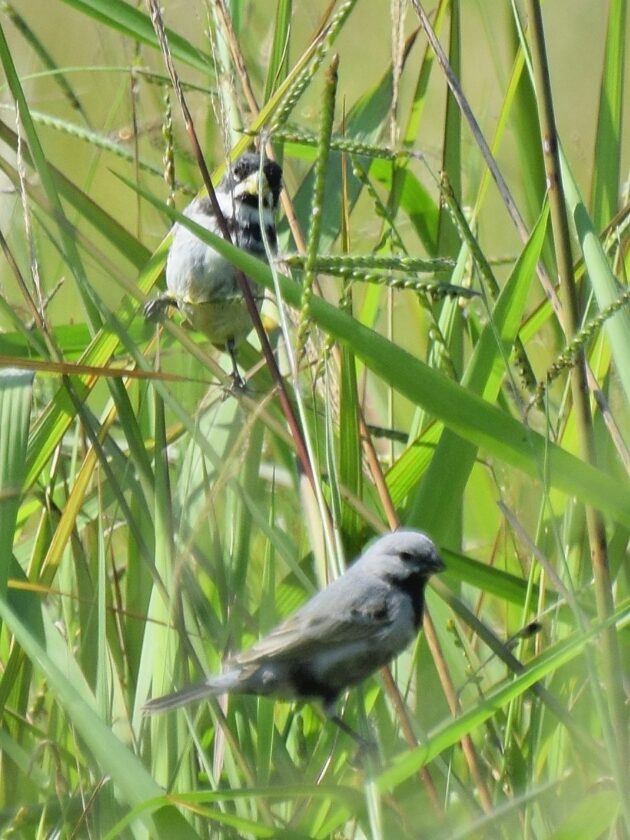
In summary, a guide needs stealth, knowledge and laser focus on the client’s needs since one can’t possibly expect a Clément to come to the rescue every time. Onwards to the excellent guides now and fortunately, most are.
Starting with stealth. If you have the chance to go birding in Brazil’s Atlantic Forest region you should head for Intervales and hire Luis Avelino. I saw 82 lifers in two days. He is so stealthy that the Slaty Bristlefront will run over your feet. I was too surprised to take a photo, not even one of my usual extremely poor quality attempts.
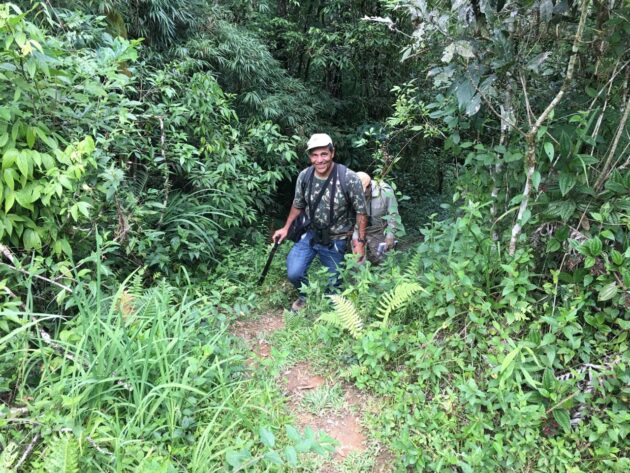
Less likely to be a business destination (unless you’re in soy beans), but a wonderful Brazilian birding destination: the Pantanal. There, another stealthy guide showed me a lot of birds really close up. Hire Victor do Nascimento (+55 (67) 99653 – one seven four zero, vitinhopantanal [at] gmail.com) and you will see loads. He will show you mammals like Capibara but doesn’t let it get in the way of birding. It’s a pleasant side dish, not an overwhelming sauce. Victor has the deep knowledge one should expect from a birding guide. I’m surprised he doesn’t use personal names for “his” birds – there’s some real intimacy.
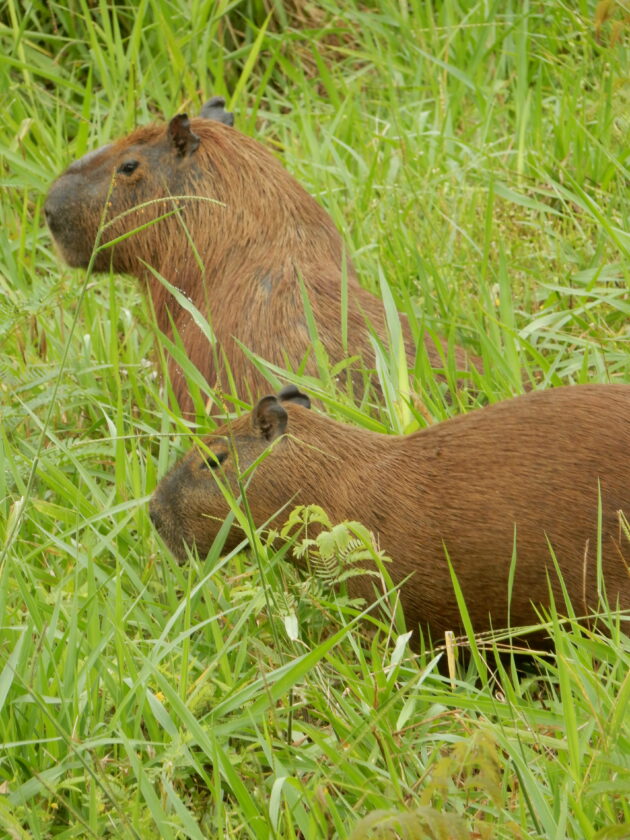
For focusing on the client’s needs it is hard to find better than the South African community birding guides. This is a fantastic initiative by BirdLife South Africa. Never hesitate to hire these guides – you will see more, contribute to the local economy and foster conservation. I have been guided by David Letsoale and Paul Nkhumane for Cape Parrot and other difficult forest species. Lucky Ngwenya and Norman Mncube helped me find Rudd’s Lark and Botha’s Lark in Wakkerstroom. Without them I would still be searching. Proof in point: it took me 9 times to find Cape Rockjumper. On land, in their natural habitat these guides not only have the stealth and knowledge, but an empathic understanding of their clients’ needs. But I really got a taste of these abilities and skills outside their home turf. It was on board the MS Opera, en route to Marion Island. BirdLife had enabled several community guides to join the voyage. I stood on deck with them when the call went out for a Grey-backed Storm-Petrel. The guides found the bird in a millisecond (how??) and then gave me directions to see it too. You would think a featureless sea provides no clues for direction or distance and you would be correct until a community guide proves you wrong. They are that good. Rockstars.
Is there a perfect guide? Someone who combines all these qualities? There is. In Zimbabwe, Buluwezi Murambiwa provides guiding services to guests at the Seldomseeen Cottages in Bvumba, in the border region with Mozambique. Buluwezi not only showed me 29 lifers in a day but took the time to show my non-birding wife every single bird too. His patience, knowledge and skills nearly converted her to birding. In some marital tiffs she still mentions him as the example for impatient, unskilled and ignorant me to follow. With Chirinda Apalis, Miombo Rock-Thrush, Roberts’ Warbler, Swynnerton’s Robin, White-starred Robin, Gorgeous Bush-Shrike and Cinnamon-breasted Tit on the list I consider that a small price to pay. She may have a point anyway.









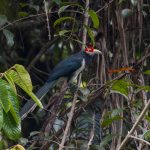
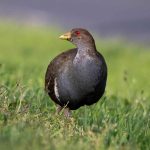
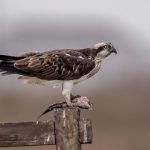

Leave a Comment